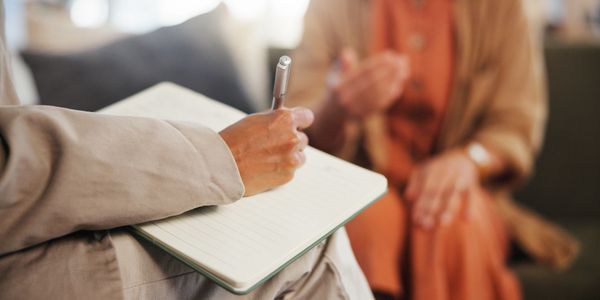Consistency in Your Development

Self Regulation and Procrastination
· Self-regulatory systems
Equilibrium is the goal of many systems, - living and mechanical. In the case of your household thermostat, the system is designed to keep the temperature stable at your chosen level. The thermostat plays the key role of monitoring the temperature and signaling either action (start heating or cooling) or termination (shut off).
·What's the T.O.T.E. model? This model - Test-Operate-Test-Exit - addresses self regulation much like the household thermostat. The thermostat executes the key test and exit roles, based on a chosen standard (or target) that we set.
· Self-regulation
We can apply this model to our everyday actions including behaviors such as regulating our 1) food consumption, 2) impulsive spending, 3) social media engagement, 4) television viewing, 5) household chores and so on. Begin with two key functions:
1. Record a chosen standard.
2. Monitor environment in relation to that standard.
· Standards
The simple standard we set with our thermostat is temperature (such as 72 degrees,) but standards for self-regulation are the concepts we have for our “potential selves” as well as for our expectations, values, and goals.
· Is Your Goal or Standard Do-able? Is There a Low Probability of Achieving Your Goal? One of the first trouble spots in self-regulation is when we set unrealistic or inappropriate standards about our potential selves or our goals.
Monitoring: Mindful Attention
Pay attention to your goal pursuit. Once realistic goals and standards are set, the first regulation step is monitoring your activity in relation to these standards.
· What About Procrastination?
Self-regulation is the process whereby systems maintain stability of functioning and adaptability to change. It is based on feedback loops as described above. Procrastination is a self-regulatory lapse.
A Self-Regulation LAPSE?
· A self-regulation lapse is largely a problem of under-regulation. We fail to regulate and maintain the feedback loop.
· Most models of the cognitive control of behavior through feedback begin with identifying a change that needs to be regulated in the system. These models begin with attention to the system.
· The loss of attentional control is a common harbinger of self-regulatory failure. Researchers Baumeister & Heatherton (1996) address the topic of attention to the system, "...we found that managing attention was the most common and often the most effective form of self-regulation and that attentional problems presaged a great many varieties of self-regulation failure. . . The effective management of attention was a powerful and decisive step, and self-regulatory failure ensued when attention could not be managed."
Let's set an example. You decide that you will be a more active listener.
Is this do-able? Yes! You can set the standard that you will actively listen to your partner for a 15 minute conversation.
What are the probabilities? If you are watching tv, answering emails, and filing your nails, you may have difficulty regulating your focus on listening. To increase the probability, you could turn off the tv, close your laptop, and set down the nail file.
Let's say that you began the active listening assignment and feel yourself reaching for the nail file and opening your laptop. To prevent a lapse in listening, you would re-establish focus by self monitoring, paying attention to your environment, and alerting yourself that your focus was at risk of shifting.
Try a few experiments for yourself and observe your capacity to be attentive to the standard or goal you have set. Make it do-able. And see it through.
For exercises that include longer term goals, break the goal into parts and set the standard for each part. For example, rather than a goal that you will clean the entire house today, you could set individual zones to be cleaned and establish your parameters of specific tasks, a form of measurement, the extent to which it is a reasonable goal, and the estimated time that it will take to complete your goal.
Take note of your attentiveness to start time, sustained attention, alertness to obstacles, goal progression, and time when the goal is completed.
Take a few notes if possible and repeat your experiment! It is empowering to be your own thermostat. If you set your standard of 72 degrees, all you need do is to monitor your environment with some focused attention. This way "your room" maintains an even temperature with no risk of becoming overly heated!
This website uses cookies.
We use cookies to analyze website traffic and optimize your website experience. By accepting our use of cookies, your data will be aggregated with all other user data.
